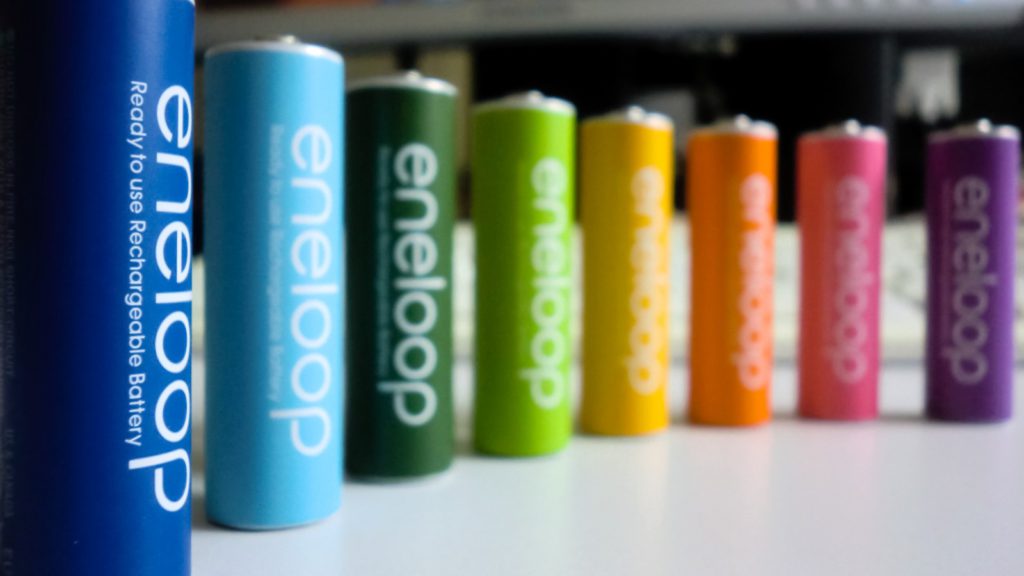Elon Musk’s AI chatbot Grok has once again found itself at the centre of controversy after the most recent update to Grok 3 triggered…
Battery tech talk: lithium ion and lithium polymer

For those considering the purchase of a lithium-based battery for a specific purpose, it is important to know the difference between a lithium ion battery and a lithium polymer battery in order to better fulfil your needs when making your decision on what to buy.
Lithium ion
There are a couple of differences that serve to separate the functions of the two types of batteries. Lithium ion was invented in the early twentieth century, but it only began to be popularly used rather recently. Meanwhile, the lithium polymer battery has been in existence, and been used as well, since roughly the early-to-mid seventies.
The Lithium Ion battery is somewhat restricted in scope because of its size limitations. While a ion-based battery can be as large or small as it needs to be for the application that it is performing, it must always be in a rectangular shape. This is because the chemical reactions that store and release the energy within the battery require this structure.
Related: Smouldering smartphones: a brief history of mobile phone fires and how to avoid them
However, the lithium ion battery is energy-dense, meaning that it can hold a high amount of charge in a relatively small area. Most cell phones now run on a lithium ion battery, so this is why the newer smart phones are able to hold charge for such an incredibly long time. Generally speaking, the life of an ion battery will be between 300-400 100% charge cycles. It won’t damage a lithium ion battery to half-charge it from time to time, but it is better to allow it to charge fully in order to prime the battery for best use.
Lithium polymer
Meanwhile, a lithium polymer battery has advantages and disadvantages that are quite comparable to its ion counterpart. The lithium polymer battery can take on most shapes, and it can be stretched into nearly paper-thin segments that still hold a relatively high charge volume. This versatility of structure allows a polymer battery to be used in a wide variety of functions.
Yet, the Lithium Polymer battery is not nearly as energy dense as the lithium ion, meaning that it will not be able to hold nearly as much charge per square inch. As a result, if two same-sized phones were powered by the two different types of batteries, the phone that held the lithium ion-type battery would likely be able to last up to an hour, or more, longer than the phone which held the lithium polymer-style battery.
So what?
With all of that said, technicians estimate that both battery types lose only 0.1% of their total charge capacity each month, so long as they are stored under normal temperature conditions. This means that whether you choose a lithium ion battery or a lithium polymer battery, both should last equally as long.
Feature image: Dominik Schwind via Flickr

